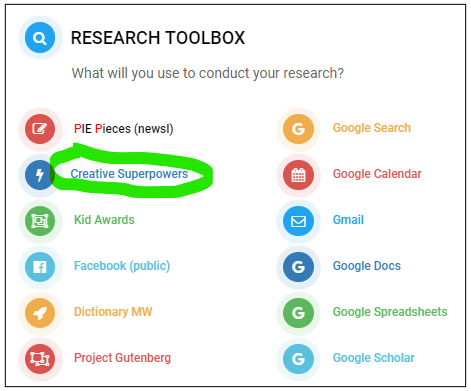Creativity Shop: Superpower or Practiced Pro
The debate over creativity often centers around whether it is an innate superpower or a skill honed through practice and discipline. Some argue that creativity is an inherent gift, a superpower possessed by a select few who effortlessly generate novel ideas and innovative solutions. On the other hand, proponents of the practiced pro perspective contend that creativity is a skill that can be cultivated through deliberate effort, persistence, and exposure to diverse experiences. In the creativity shop, individuals can choose to believe in the magic of natural talent or the empowering notion that with dedication and training, anyone can unlock their creative potential.
Whether it's a spontaneous burst of inspiration or the result of disciplined practice, the question remains: Is creativity a superpower bestowed upon a fortunate few, or is it a craft that can be mastered by those willing to put in the work?
Here's an example, using Artistic Creativity, of what you will find in the Creativity Shop:
ARTISTIC CREATIVITY
Artistic creativity encompasses a range of characteristics, applications, and methods of expression. When applied in homeschooling settings, it offers a rich avenue for diverse and personalized forms of self-expression and learning. Here are the characteristics, applications, and ways to express artistic creativity that can greatly contribute to the diverse capabilities of homeschooling:
CHARACTERISTICS OF IMAGINATION
Artistic creativity often begins with the ability to imagine and visualize beyond the conventional, encouraging students to think outside the box. To develop characteristics related to imagination for artistic creativity, it's important to encourage activities and approaches that foster the ability to think creatively. Here are some examples focusing on the characteristics of imagination in the context of artistic creativity:
- Encourage Open-Ended Art Projects: Offer art assignments that don't have strict rules or guidelines. For example, provide materials and a theme, but let your child interpret and create based on their own imagination without rigid instructions.
- Imaginative Storytelling through Art: Have students create art pieces based on stories or imaginary worlds they invent. This could involve illustrating a scene from a book they've read or creating a visual narrative of a story they've made up themselves.
- Teach the Power of Observation: Help them observe the world around them more keenly. Encourage activities such as nature walks, museum visits, or even observing people in different settings. Then, ask them to create art based on what they've observed, but with their imaginative twist.
- Immersive Art Appreciation: Explore famous artworks or performances and discuss the artist's imagination behind them. Then, encourage your students to create their interpretations or variations inspired by these works.
- Create a Creative Space: Dedicate an area in your home for artistic expression. Fill it with art supplies, inspirational materials (books, images, etc.), and allow your child to personalize it to foster a sense of ownership and freedom in their creative process.
These are just a few examples of what is available through the Creativity Shop.
 Fostering the imaginative growth of a child requires both time and a supportive atmosphere. Creating an environment where your child feels at ease to explore and express their creativity is crucial for the development of their imaginative abilities. The Member Center provides a valuable resource for this journey, offering a vast repository of over 1,000 creative superpower ideas.
Fostering the imaginative growth of a child requires both time and a supportive atmosphere. Creating an environment where your child feels at ease to explore and express their creativity is crucial for the development of their imaginative abilities. The Member Center provides a valuable resource for this journey, offering a vast repository of over 1,000 creative superpower ideas.
Through a simple login, members can unlock access to a comprehensive list that spans various forms of expression, each presenting unique characteristics and applications. This extensive collection is designed to assist parents as they strive to inspire and nurture the creative potential within their children, by offering a diverse range of possibilities to spark their imagination and artistic development.
Click the image to the right for an expanded view.